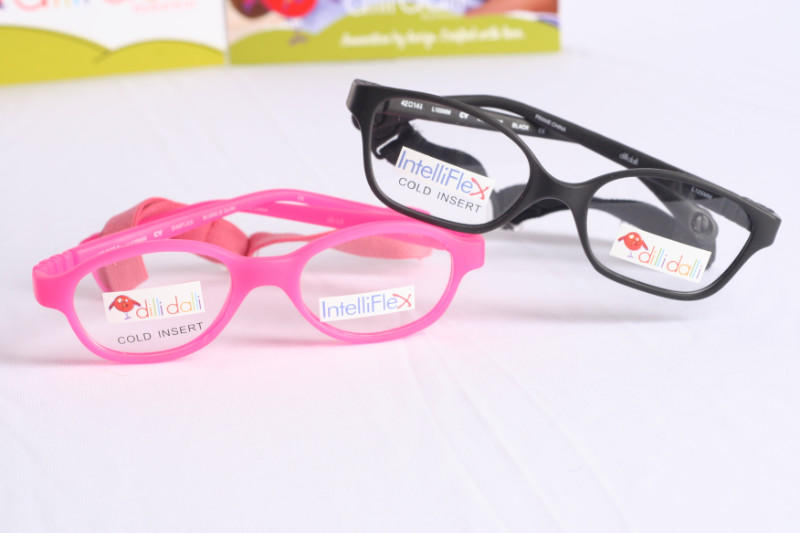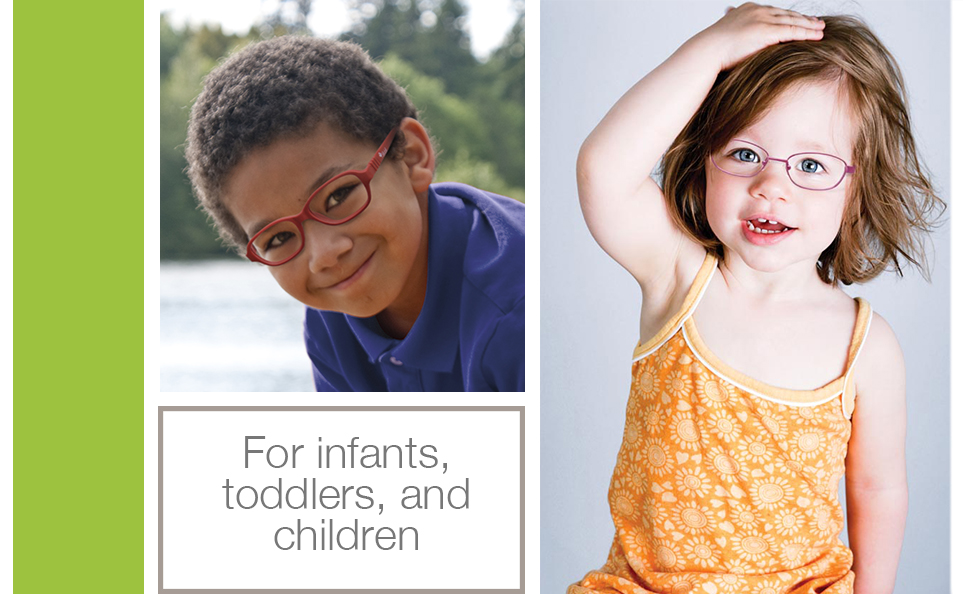Purpose
To investigate the effect of age at treatment and other factors on treatment response to atropine in the Low-Concentration Atropine for Myopia Progression (LAMP) Study.
Design
Secondary analysis from a randomized trial.
Participants
Three hundred fifty children aged 4 to 12 years who originally were assigned to receive 0.05%, 0.025%, or 0.01% atropine or placebo once daily, and who completed 2 years of the LAMP Study, were included. In the second year, the placebo group was switched to the 0.05% atropine group.
Methods
Potential predictive factors for change in spherical equivalent (SE) and axial length (AL) over 2 years were evaluated by generalized estimating equations in each treatment group. Evaluated factors included age at treatment, gender, baseline refraction, parental myopia, time outdoors, diopter hours of near work, and treatment compliance. Estimated mean values and 95% confidence intervals (CIs) of change in SE and AL over 2 years also were generated.
Main Outcome Measures
Factors associated with SE change and AL change over 2 years were the primary outcome measures. Associated factors during the first year were secondary outcome measures.
Results
In 0.05%, 0.025%, and 0.01% atropine groups, younger age was the only factor associated with SE progression (coefficient of 0.14, 0.15, and 0.20, respectively) and AL elongation (coefficient of –0.10, –0.11, and –0.12, respectively) over 2 years; the younger the age, the poorer the response. At each year of age from 4 to 12 years across the treatment groups, higher-concentration atropine showed a better treatment response, following a concentration-dependent effect (Ptrend <0.05 for each age group). In addition, the mean SE progression in 6-year-old children receiving 0.05% atropine (–0.90 diopter [D]; 95% CI, –0.99 to –0.82) was similar to that of 8-year-old children receiving 0.025% atropine (–0.89 D; 95% CI, –0.94 to –0.83) and 10-year-old children receiving 0.01% atropine (–0.92 D; 95% CI, –0.99 to –0.85). All concentrations were well tolerated in all age groups.
Conclusions
Younger age is associated with poor treatment response to low-concentration atropine at 0.05%, 0.025%, and 0.01%. Among concentrations studied, younger children required the highest 0.05% concentration to achieve similar reduction in myopic progression as older children receiving lower concentrations.
Li FF, Zhang Y, Zhang X, Yip BHK, Tang SM, Kam KW, Young AL, Chen LJ, Tham CC, Pang CP, Yam JC. Age Effect on Treatment Responses to 0.05%, 0.025%, and 0.01% Atropine: Low-Concentration Atropine for Myopia Progression Study. Ophthalmology. 2021 Aug;128(8):1180-1187. doi: 10.1016/j.ophtha.2020.12.036. Epub 2021 Jan 8. PMID: 33422558.


